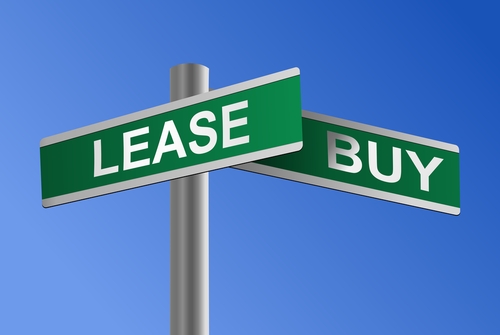
When it comes to getting a new car, one of the first decisions many consider is whether to buy or lease. Of course, there are pros and cons to either approach. Buying a car means you own it (and perhaps get positive feelings about owning it), and you have more freedom over its use; you aren’t subject to mileage restrictions, for example. But, buying a car is a significant financial commitment and could make changing cars impractical, at least before the car is either sold or becomes inoperable. For those who don’t want to stay locked into the same vehicle for many years, prefer a simpler transaction, or prefer to always have the latest model, leasing is often more attractive than buying.
Always having the latest model, with minimal up front financial commitment, is what transformed the wireless phone industry into a (somewhat disguised) lease model. If you commit to a two-year service plan, your phone device payment is included in that plan, and you can renew your model every two years.
In recent years, the software industry has also begun to move to a “lease”-based model of software distribution. One popular product that has shifted to this distribution model is Microsoft Office.
In the past, and perhaps even now, your company’s IT team may have purchased a specific edition of Microsoft Office (2010 or 2013, for example) on a CD or DVD-ROM, with unique serial numbers for each installation. This software purchase would have been expensive — $500 per install key, for example. To upgrade Microsoft Office for an entire team of 20 people would have cost more than $10,000 at once, a hefty-enough price tag to dissuade the least frugal of IT managers from making much-needed upgrades.
“Leasing” software, on the other hand, allows continual access to the latest and greatest version of a company’s product, not to mention the productivity gains that come along with that. Companies prefer this as they believe that if customers have the latest version of their software, customer satisfaction will be higher and competitive risk lower.
Google, for example, makes its “Apps for Work” software available via a similar “leasing” model. (RMail has a Gmail add-in that is compatible with Google business email.)
Microsoft calls this new way of purchasing Microsoft Office its Office 365 product, the idea being that with this service, you always have the best version of Office, 365 days a year. As with car leasing and phone companies, the ultimate goal for companies like Microsoft is to make it easier for end users to continually have access to the best product, thereby increasing customer satisfaction and loyalty.
When purchasing Office 365 in this way, you still have the full installation of Office loaded on your computer or device. The latest version not only includes classic productivity tools such as Outlook, Word, PowerPoint, and Excel with a modernized user experience and feature set, but also new productivity-enhancing services such as OneNote and OneDrive, with online and mobile access. Newer versions of Office also have greater compatibility with 3rd party apps and add-ins that provide enhanced security, compliance, and productivity – such as RPost’s RMail add-in for Outlook, which is also purchased with a small monthly fee.
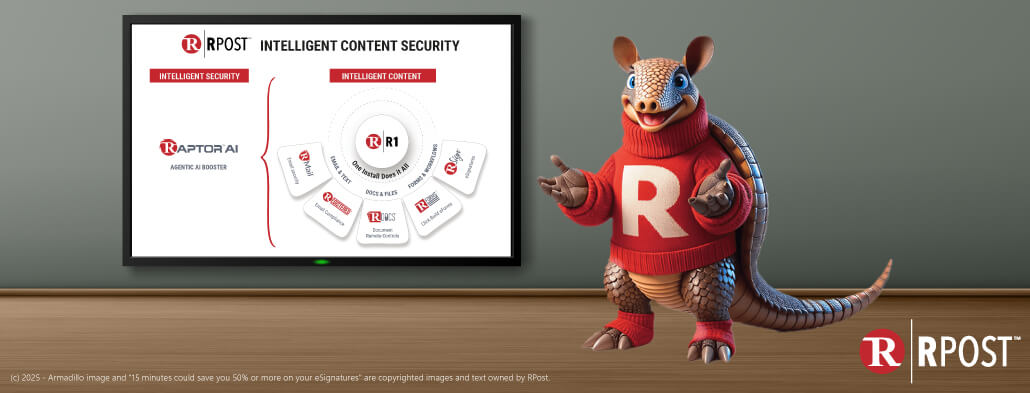
April 25, 2025

April 17, 2025
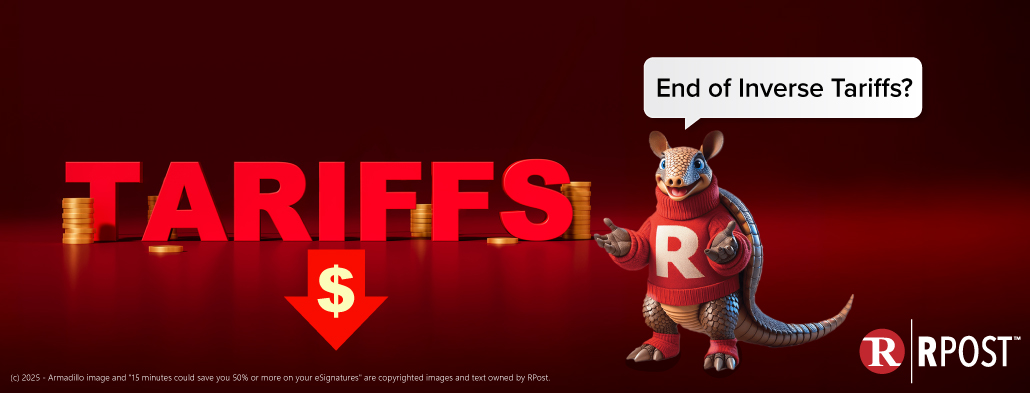
April 11, 2025
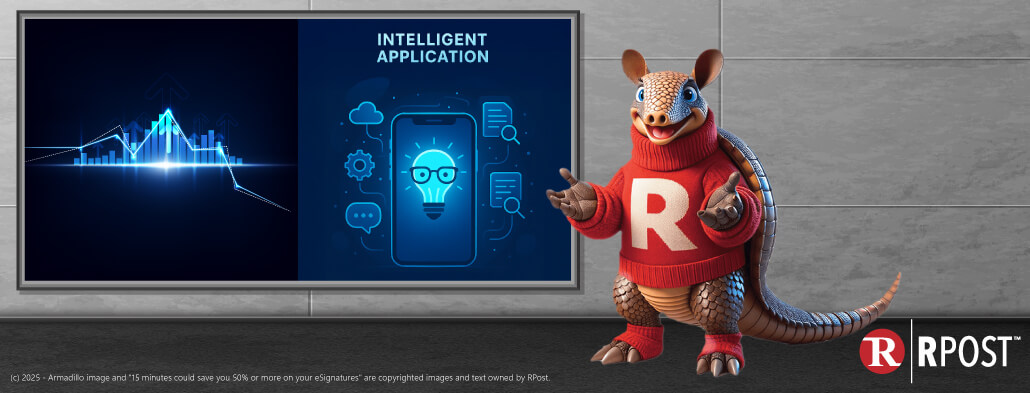
April 04, 2025
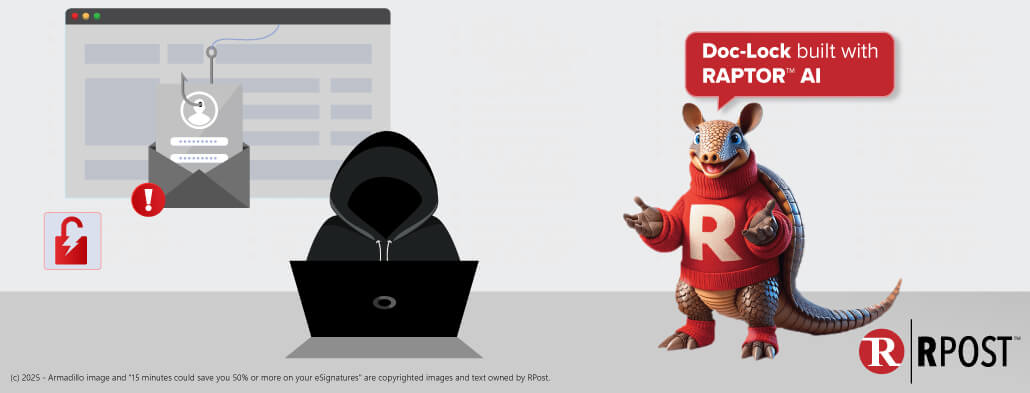
March 28, 2025